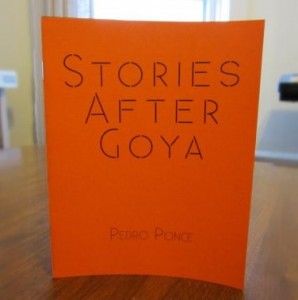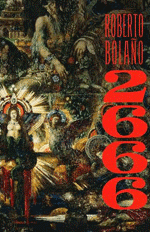Exploring issues of sustainability in the arts.
–by Scott Pinkmountain
A.I., Capitalism and Art
Given Stephen Hawking’s recent prediction of artificially intelligent computers ending the human race, I should have been less impressed (and perhaps more frightened) when my flight information for an upcoming trip appeared on my laptop’s Google map. I was baffled until I realized I was logged into my Gmail account on the same browser; Google had access to the information in my email, and had coordinated it across multiple Google services.
On my cell phone, however, I use Google’s map application without signing in. Not only does the flight information not appear on the map, but the app won’t even store my home address. Of course my phone knows where I live, where I do my marketing, my banking. But unless I sign in and give it full, cross-platform access, it’s not going to help me out as much as it could. If I choose to surrender my personal information, I may reap the full benefits of the rapidly growing field of artificial intelligence. As we’re discovering, the key to artificial intelligence is not brilliant code or ghost-in-the-machine voodoo, but data: the data we provide when we give companies permission to track our behaviors and preferences on a microscopic scale. Continue reading
![[PANK]](https://pankmagazine.com/wp-content/themes/pank/assets/images/pank-logo-large.png)


